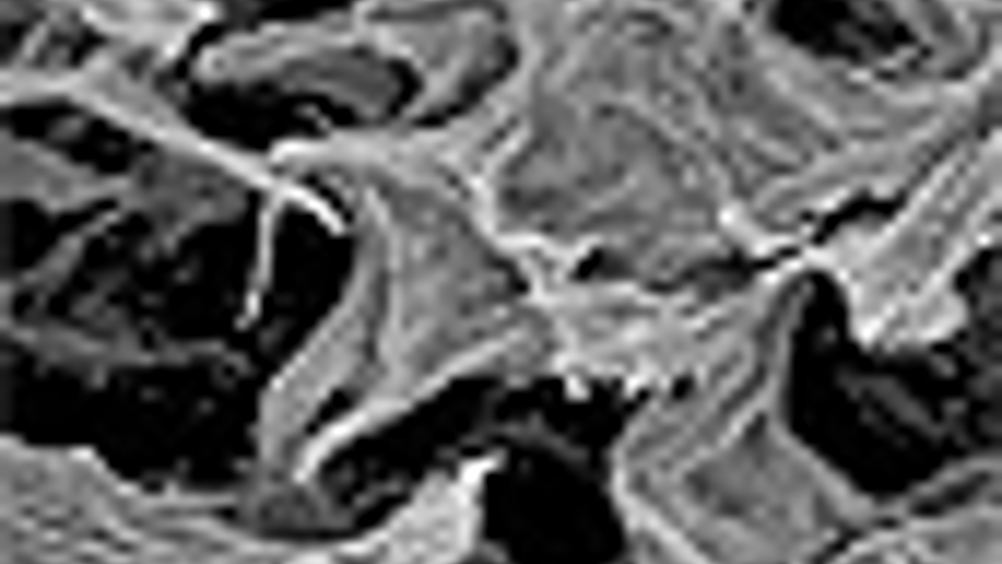Nano encapsulation

Researchers have created organic gel nanomaterials that could be used to encapsulate pharmaceutical, food, and cosmetic products and to build 3D biological scaffolds for tissue engineering. Using olive oil and six other liquid solvents, the scientists added a simple enzyme to chemically activate a sugar that changed the liquids to organic gels.
“We are using the building blocks provided by nature to create new nanomaterials that are completely reversible and environmentally benign,” said Jonathan Dordick, the Howard P. Isermann ‘42 Professor of Chemical and Biological Engineering at Rensselaer Polytechnic Institute. “The importance of this finding is the ability to use the same naturally occurring enzyme both to create chemically functional organogels and to reverse the process and break down these gels into their biologically compatible building blocks.
In the experiments, researchers activated a sugar using a simple enzyme, which generated a compound that self-assembles into 3D fibres measuring approximately 50 nanometres in diameter. As the fibres entangle, a large amount of solvent gets packed together, trapping some 10,000 molecules.
Register now to continue reading
Thanks for visiting The Engineer. You’ve now reached your monthly limit of news stories. Register for free to unlock unlimited access to all of our news coverage, as well as premium content including opinion, in-depth features and special reports.
Benefits of registering
-
In-depth insights and coverage of key emerging trends
-
Unrestricted access to special reports throughout the year
-
Daily technology news delivered straight to your inbox










Water Sector Talent Exodus Could Cripple The Sector
Maybe if things are essential for the running of a country and we want to pay a fair price we should be running these utilities on a not for profit...